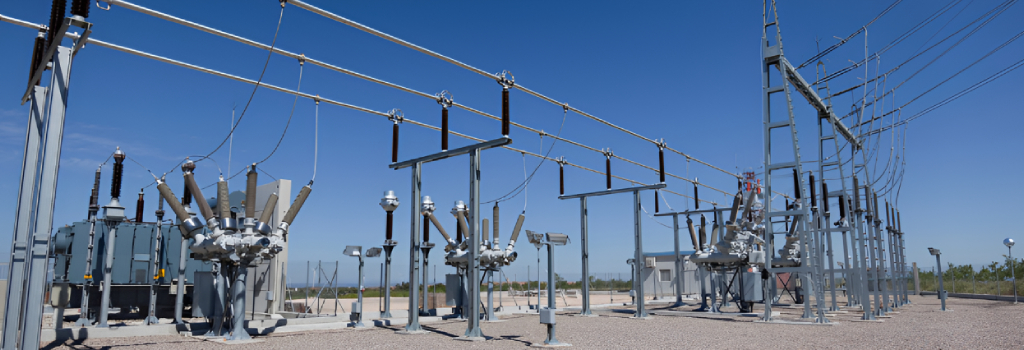Power and Energy
IEC61850 Certified Computers - Empowering Security for Digital Substation
The convergence of automation and security stands as a cornerstone in the evolution of digital substations, which has enhanced efficiency, reliability, and performance. However, the proliferation of digital solutions also introduces new challenges, particularly in ensuring the robust security of critical infrastructure.
The global transition to renewable energy and the exponential growth of AI datacenters are placing new demands on smart power grid infrastructure. While renewable sources offer a sustainable path forward, they also bring variability and unpredictability to power generation. Simultaneously, the rise of generative AI and machine learning workloads is driving up electricity demand significantly. According to the International Energy Agency (IEA), the power consumption of U.S. AI datacenters is projected to reach approximately 34 GW by 2030, doubling from around 17 GW in 2023. This dual challenge—unstable renewable generation and energy-hungry AI infrastructure—is catalyzing large-scale modernization across global power substations and transmission systems.
閱讀全文: Enabling Virtualized Digital Substations for Next-Gen AI Infrastructure
Onshore drilling rigs operate in remote, hazardous environments where safety, reliability, and operational continuity are pivotal. The complexity of these environments requires robust OT (Operational Technology) security to protect sensitive industrial control systems (ICS) from cyber threats, unauthorized access, and operational disruptions.
閱讀全文: Securing Onshore Drilling Operations with C1D2 OT Security Appliance
Cybersecurity holds critical significance for substations, given their integral role in the electrical grid as key nodes for electricity distribution to various sectors including residential areas, commercial establishments, and vital services. A breach in substation cybersecurity can lead to not just interruptions in the power supply, but also carry substantial safety hazards. This includes possible physical damages which might pose risks to both the workforce and the public.
閱讀全文: IEC61850-3 Certified Computers Enable Cybersecurity in Automated Substations
Energy management is becoming a growing component of business strategy, as industrial companies from factories to energy utility field sites are looking more closely at their energy profiles in order to identify opportunities for increased productivity, manage energy usage, decarbonization, and cost reduction.
閱讀全文: Wireless Industrial IoT Gateway for Smart Energy Management
With the growth in industrialization and electricity access across the globe, electrical power consumption continues to grow at a rapid pace and therefore, it becomes very important to efficiently and skillfully manage power distribution and consumption. Automation in the power sector has become a requirement as it enables smart grids that can control and monitor power to minimize losses, improve reliability and productivity, manage demand cost-effectively and enable future-capacity planning.
閱讀全文: Critical Infrastructure Resilience System Facilitates Interconnected Utility Networks
The world has an energy problem as fossil fuels are running out and it is necessary to transition from fossil fuel dependence to renewable and clean energy, creating a cleaner and greener world. The energy and utility industry, from the utility of water, district heating, or power, has many challenges ahead.
閱讀全文: Low-power IoT Gateway Promotes Sustainable Clean Energy Efficiency
Growing urbanization rising energy demand and increasing costs have further motivated the power sector to utilize their electrical system capabilities more efficiently and smartly – toward smart substation transformation. The three main challenges of grid modernization are climate change driving extreme weather events impacting electrical grid changes, increased risk of cyberattacks on grid infrastructure, and high penetration of renewable energy sources which increases power flow complexities.










